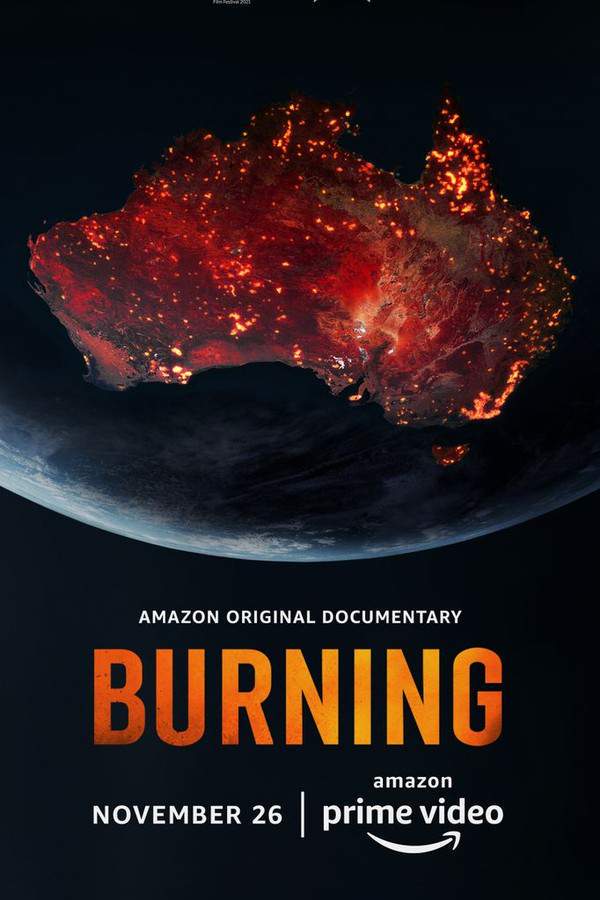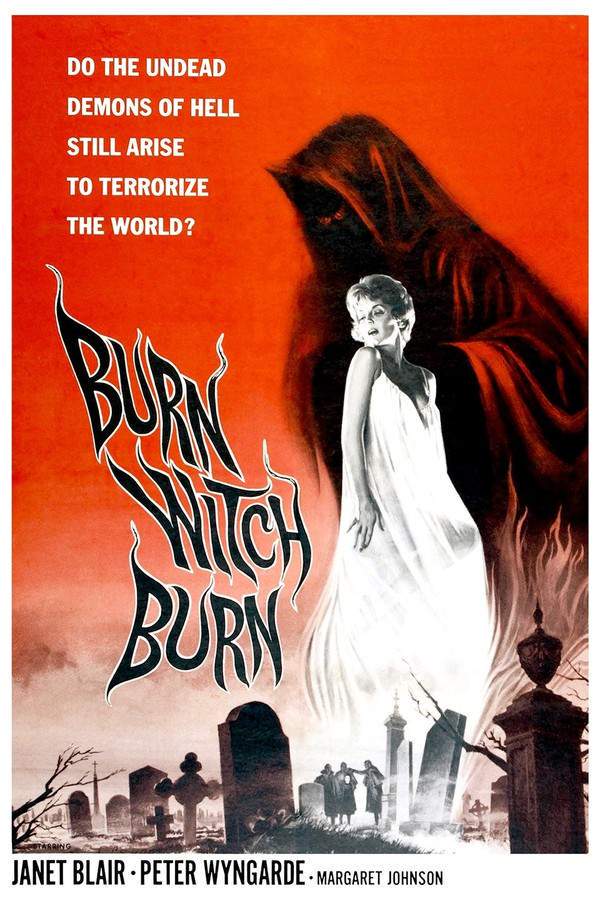Warning: spoilers below!
Haven’t seen Burning an Illusion yet? This summary contains major spoilers. Bookmark the page, watch the movie, and come back for the full breakdown. If you're ready, scroll on and relive the story!
Burning an Illusion (1981) – Full Plot Summary & Ending Explained
Read the complete plot breakdown of Burning an Illusion (1981), including all key story events, major twists, and the ending explained in detail. Discover what really happened—and what it all means.
Pat Williams Cassie McFarlane is a 22-year-old who feels unsure about where life is headed, introduced through a diary-like voice-over that threads through the film at key moments. The montage of a house party gives way to a quieter, more intimate portrait of a young woman trying to find direction as her world expands beyond the party scene. The narration serves as a gentle, reflective lens on Pat’s hopes and vulnerabilities, inviting the audience to watch as she navigates friendships, romance, and the quiet pressure of expectations.
Her circle includes Sonya Beverley Martin, a friend who becomes a doorway to new experiences. After the party, Sonya gives Pat and Del a lift home. In the back seat, Del Bennett [Victor Romero Evans] leans in with charm and a hint of possessiveness, while Sonya and her companion in the front seat chatter with a buoyant ease that makes the ride feel like a small, glittering moment in Pat’s otherwise uncertain path. The ride ends with Del securing Pat’s parents’ phone number and, soon after, inviting Pat on a date. They dine at a restaurant, share wine they both admit not to love, and take a cab back to Pat’s flat. Del plays the chivalrous card, opening the door and paying for everything, yet Pat senses an unspoken expectation that lingers beyond courtesy.
The date becomes a turning point when Del reappears a while later with a holdall, having fallen out with his family. He moves in with Pat, a decision that deepens their bond but also foreshadows the trouble ahead. In a casual moment of conversation on a park bench with friends, Pat voices a desire for independence, hinting at the possibility of Pat pursuing a life outside of Del’s shadow. Yet Del’s world view—shared by some of his peers at the pool club—tilts toward traditional romance where the man should dominate, a belief that quietly underscores the friction soon to erupt in their relationship.
Del works as a machinist, and a new foreman arrives—an authority figure who treats Del with suspicion and prejudice. The environment at work becomes a pressure valve, and Del finds himself repeatedly late and ultimately unemployed. He assumes it’s only a temporary setback, but the reality sinks in: there are few machinist jobs to be found. Pat bears the weight of supporting them both, ironing Del’s shirts and cooking meals on her own wages, and she gradually discovers that Del has begun to treat their home as if it were his own. He invites friends over to gamble, and Pat is expected to wait on them. The dynamic shifts from companionship to control, and when Pat finally pushes back, she throws Del’s friends out of the apartment. A chilling confrontation follows as Del declares the space his, only to have Pat remind him—firmly—that it is hers too. The moment escalates when Del slaps Pat in a stunning, brutal outburst, and Pat, frightened and determined, grabs a kitchen knife and Pat tries to reclaim agency by ending the confrontation with his departure.
Time passes, and Del reappears in Pat’s life. They wander the city and skip between familiar streets, a sense of renewed attraction masking the damage their relationship has already inflicted. They attend a gig with Sonya and other friends, a social setting that briefly reinvigorates Pat’s sense of connection. But jealousy simmers when Sonya talks with another man, and the tension spills into a violent eruption. Chamberlain—an enraged figure among their circle—takes hold of the situation, pulling a knife and insisting it’s none of his business. The plainclothes police arrive, and Del resists, pulling a knife himself and slashing one officer’s face in the struggle that follows. The violence proves fatal to Del in a legal sense, as he is sentenced to four years in prison for violent disorder.
Pat makes frequent visits to the prison, where Del’s anger softens into a hunger for knowledge. He becomes drawn to books that illuminate social conditions and he begins to read seriously, a change Pat supports by sending him books she has read herself. The prison sentence is framed as harsh but purposeful by the judge, who emphasizes the need to deter violent behavior and protect the community. Pat’s life continues to fracture as tragedy lingers: she is shot in the leg during a drive-by shooting, a moment that leaves more questions than answers about motive and safety. The film closes with Pat alone in a room of her own making, placing books into an incinerator. Her voice is calm, almost resigned, as she reflects that she could never have imagined her life and dreams could change so drastically.
In the end, the film lingers on Pat’s quiet insistence on her own growth and resilience. The story does not simply condemn a violent person, but maps the emotional toll of a relationship defined by power imbalances, fear, and the slow, stubborn work of healing. The cycle of hope and pain is drawn with careful attention to the everyday choices that sustain or breakup a life, and Pat’s final act—burning the books that once offered guidance—reads as a stark symbol of the difficult, personal work she must continue beyond the frame of the film.
Last Updated: October 09, 2025 at 14:43
Unlock the Full Story of Burning an Illusion
Don't stop at just watching — explore Burning an Illusion in full detail. From the complete plot summary and scene-by-scene timeline to character breakdowns, thematic analysis, and a deep dive into the ending — every page helps you truly understand what Burning an Illusion is all about. Plus, discover what's next after the movie.
Burning an Illusion Timeline
Track the full timeline of Burning an Illusion with every major event arranged chronologically. Perfect for decoding non-linear storytelling, flashbacks, or parallel narratives with a clear scene-by-scene breakdown.

Similar Movies to Burning an Illusion
Discover movies like Burning an Illusion that share similar genres, themes, and storytelling elements. Whether you’re drawn to the atmosphere, character arcs, or plot structure, these curated recommendations will help you explore more films you’ll love.
Explore More About Movie Burning an Illusion
Burning an Illusion (1981) Scene-by-Scene Movie Timeline
Burning an Illusion (1981) Movie Characters, Themes & Settings
Burning an Illusion (1981) Spoiler-Free Summary & Key Flow
Movies Like Burning an Illusion – Similar Titles You’ll Enjoy
Burning (2018) Spoiler-Packed Plot Recap
Burn, Witch, Burn (1962) Movie Recap & Themes
Burning Man (2012) Detailed Story Recap
Illusions (2023) Ending Explained & Film Insights
Burning Ghost (2019) Full Movie Breakdown
Burning Love (1983) Spoiler-Packed Plot Recap
Burning Flowers (1985) Full Summary & Key Details
Burning Hearts (1986) Plot Summary & Ending Explained
Burning Secret (1988) Spoiler-Packed Plot Recap
Burning Beds (1988) Story Summary & Characters
Burning Snow (1988) Complete Plot Breakdown
Burning Lies (2021) Complete Plot Breakdown
Worlds Burning Amid the Shadows (2023) Story Summary & Characters
The Burning Court (1962) Movie Recap & Themes
Burning Betrayal (2023) Story Summary & Characters


















